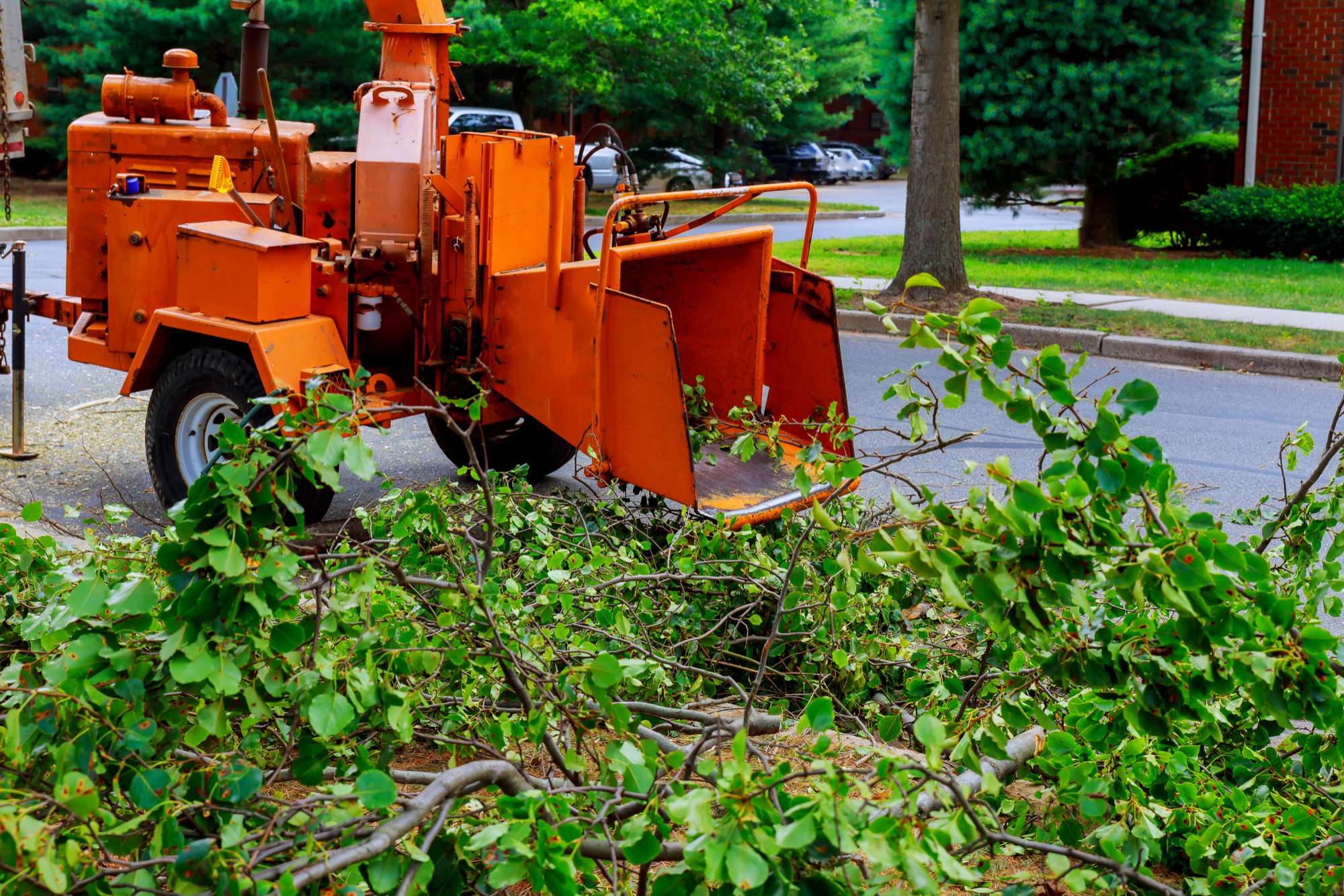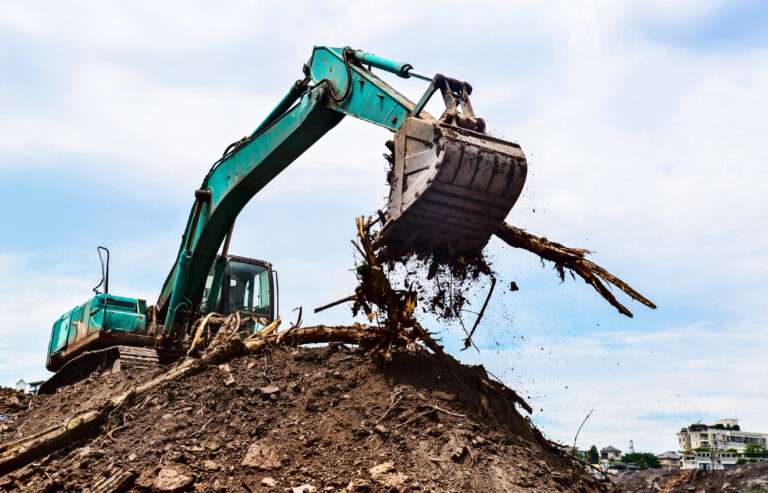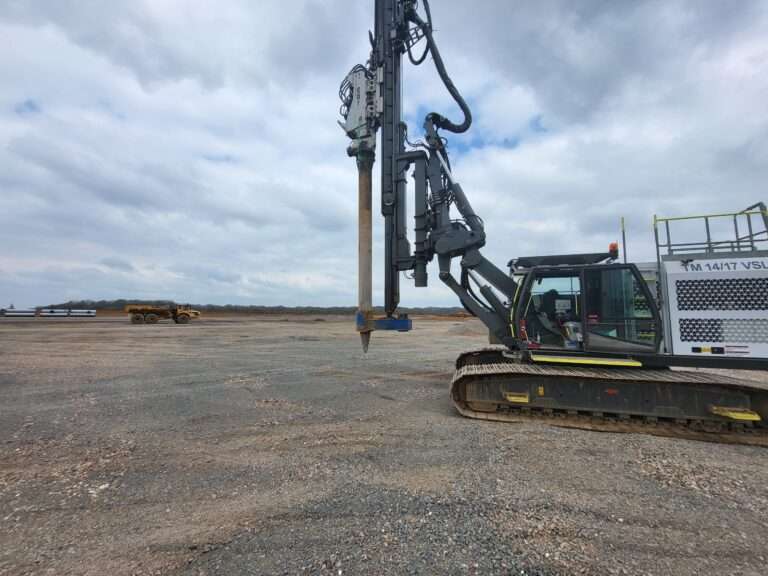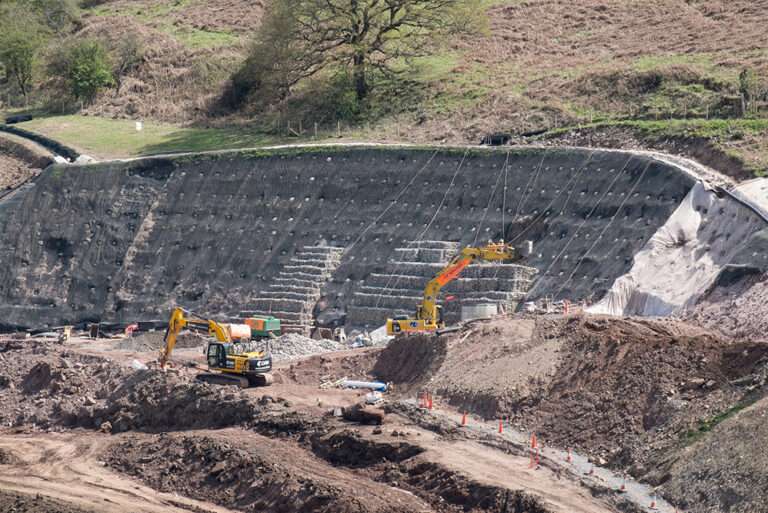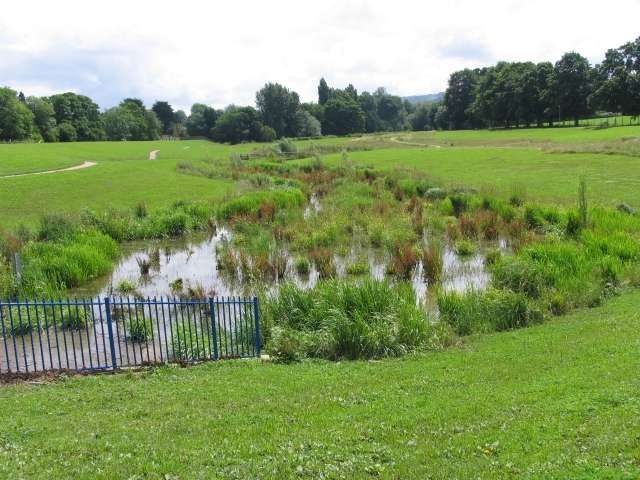Safe and Effective Vegetation Removal: A Practical Guide for Commercial Sites
Before any commercial project can break ground, the landscape must be made safe, accessible, and fit for purpose. That starts with clearing vegetation—but not all vegetation removal is created equal. Done poorly, it can lead to erosion, wildlife disruption, legal issues and serious health and safety risks. Done well, it provides a clean, compliant and cost-efficient canvas for your development.
In this blog, we uncover the safest, most effective vegetation removal techniques for commercial and public sector sites—drawing on decades of experience in environmentally sensitive clearance.
🌱 Why Safe Vegetation Removal Is Crucial
Safe clearance is not just about getting the job done—it’s about protecting people, habitats and infrastructure during and after the process. Common goals include:
- Creating clear, hazard-free access
- Removing invasive or overgrown species
- Preparing for construction or landscaping
- Minimising ecological disruption
A professional approach ensures that machinery, methods and manpower all meet current environmental and health & safety standards.
🛑 What Happens If It’s Done Wrong?
Unsafe vegetation clearance can cause:
- Damage to underground utilities
- Injury to workers or the public
- Erosion, run-off and site instability
- Disturbance of protected species or habitats
- Planning breaches and legal penalties
That’s why commercial clients rely on skilled contractors to carry out risk-assessed, regulation-compliant works with modern, purpose-built equipment.
✅ Top Safe Vegetation Removal Techniques
Here’s a breakdown of the most effective methods, including where, when, and how to use them.
1. Flail Mowing and Mulching
Ideal for: Large open sites, grassland, scrub and brambles.
This method uses a tractor-mounted flail or mulcher to cut and shred vegetation quickly and efficiently. The mulch is left in place to suppress regrowth and stabilise soil.
- Benefits: Fast, low cost, minimal waste
- Risks: Requires skilled operator and flat ground
2. Tree Shear and Forestry Mulcher
Ideal for: Sites with mature trees, overgrown hedgerows or woodland edge.
Excavator-mounted tree shears allow safe cutting of stems and trunks. Forestry mulchers then process material on-site.
- Benefits: Reduces handling, efficient processing
- Risks: Needs careful operation near buildings or utilities
3. Stump Grinding and Root Ball Removal
Ideal for: Sites requiring hard landscaping, replanting or deep excavation.
Stump grinding removes the visible part of the stump, while full extraction pulls out the entire root system.
- Benefits: Prevents regrowth, allows full site use
- Risks: Can cause ground disturbance if not done correctly
4. Manual and Low-Impact Clearance
Ideal for: Ecologically sensitive sites, hard-to-access areas, or protected zones.
Skilled operatives use hand tools or lightweight equipment to minimise soil disturbance and protect nearby habitats.
- Benefits: Precise, low-impact, wildlife-friendly
- Risks: Slower and more labour-intensive
5. Herbicide Application (With Care)
Ideal for: Treating invasive species like Japanese Knotweed or Himalayan Balsam.
Used under strict environmental control, approved herbicides can suppress regrowth and prevent spread.
- Benefits: Effective in the long-term
- Risks: Needs qualified operatives and strict containment
⚠️ Safety First: How to Protect People and the Environment
Whether mechanical or manual, every method must meet health and safety standards. Key precautions include:
- Site-specific risk assessments
- Tool and machinery checks
- Clear exclusion zones and signage
- Trained operatives with PPE
- Arboricultural and ecological surveys
This is especially important near public spaces, footpaths, roadways and watercourses.
📋 Legal Compliance and Ecological Considerations
You can’t just show up and start cutting. Vegetation removal is subject to multiple regulations, including:
- Wildlife and Countryside Act
- Tree Preservation Orders (TPOs)
- Nesting bird and bat protection
- Invasive species handling regulations
A professional contractor will conduct full checks and plan operations to comply with seasonal restrictions and environmental law.
🔄 What Happens After Clearance?
Clearing vegetation is often followed by:
- Topsoil stripping
- Soil stabilisation or compaction control
- Drainage installation
- Replanting or hard surfacing
Partnering with a full-service provider like Killingley’s Site & Vegetation Clearance team ensures continuity, cost control, and a smooth transition into the construction or landscaping phase.
🤔 Frequently Asked Questions
Q: When is the best time to clear vegetation?
A: Outside the bird nesting season (usually March–August), unless a specific ecological assessment allows earlier works under supervision.
Q: Can I clear trees without permission?
A: Not always. Trees with a TPO or in conservation areas require consent. Killingley helps clients navigate permissions and liaise with councils.
Q: What if we find protected wildlife on-site?
A: Work must pause and an ecologist consulted. Deliberate harm can result in serious penalties. A preliminary ecological survey reduces this risk.
🧾 Summary Checklist: What Safe Clearance Requires
| Task | Purpose |
|---|---|
| Ecological and tree surveys | Avoids delays, legal issues and penalties |
| Operator training | Ensures machinery is used safely |
| Method statement | Clear guide to techniques and sequencing |
| Site access plan | Prevents hazards to public or workforce |
| Waste management strategy | Ensures compliance and cost savings |
✅ Final Word
Site and vegetation clearance is a foundational part of commercial development—but only when done safely, legally and responsibly. By using the right techniques, equipment, and expertise, you not only protect the environment and public safety, but also build a solid base for future success.
Killingley Insights is the editorial voice of NT Killingley Ltd, drawing on decades of experience in landscaping, environmental enhancements, and civil engineering projects across the UK.


